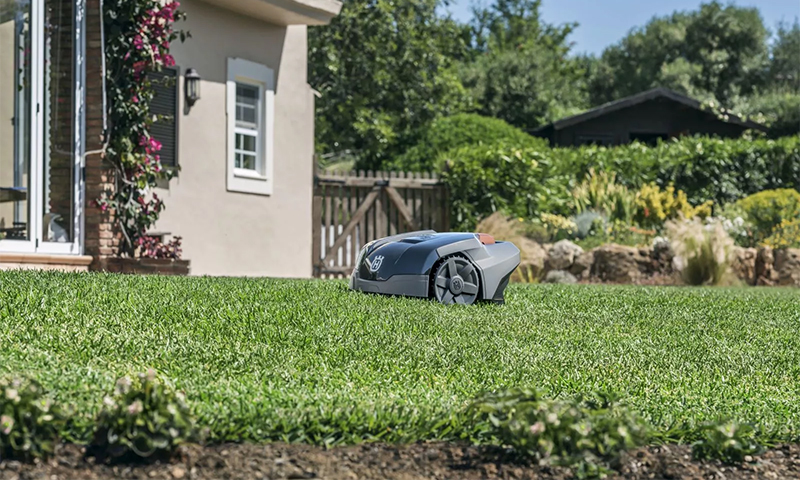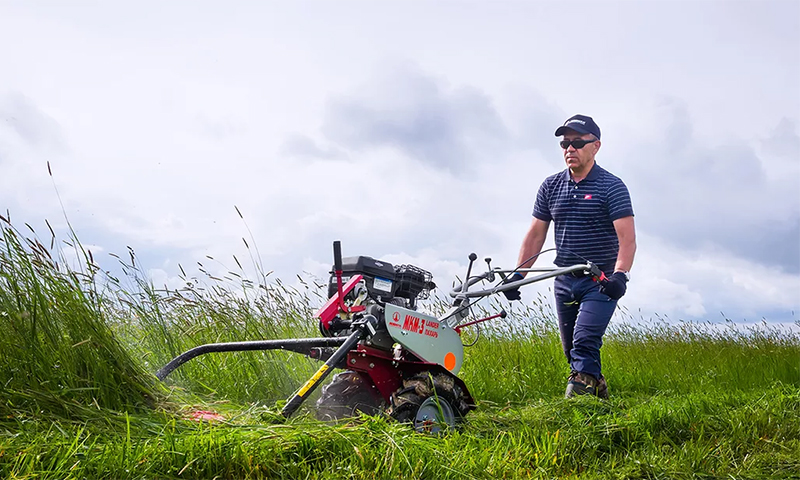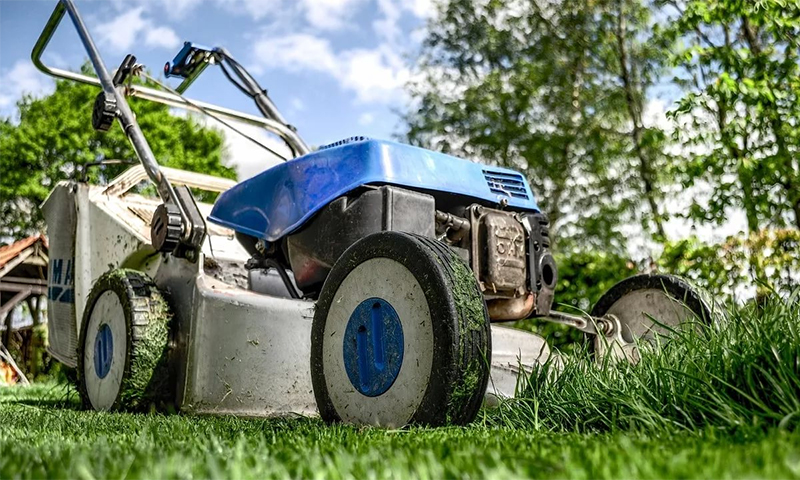Motokosa is a faithful helper who will help a summer resident to cope with weeds and young shoots of bushes or tidy up the lawn, giving it a well-groomed look. It is necessary to pick up the tool taking into account works where it will be used. Knowledge of the advantages and disadvantages of the proposed varieties of benzotrimmer will help in the selection.
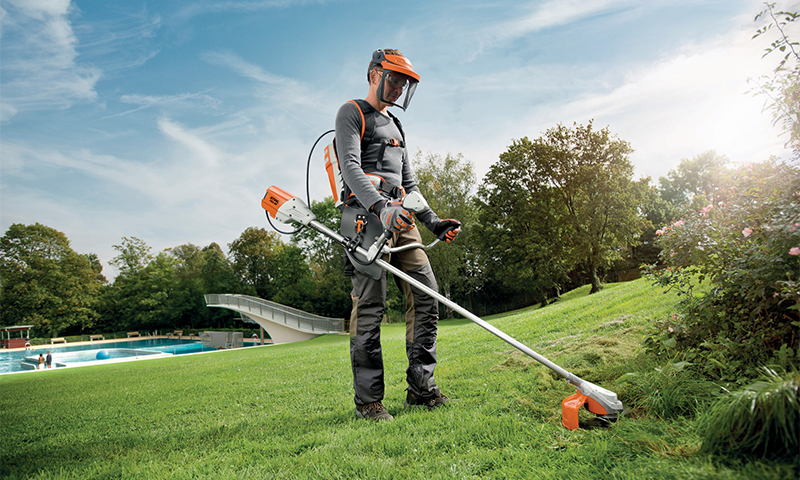
Content:
The best manufacturers of motokos - which company to choose
Only a tool that accurately calculates the optimal combination of important parameters, where the best components are used in combination with high build quality can turn routine work into a pleasant experience.
Such tools include brand mowers:
- Husqvarna;
- Makita;
- Stihl;
- Echo;
- Patriot.
Some of the models of famous manufacturers can be found in the ranking of the best gasoline trimmers according to user feedback.
The principle of operation and the device motokosy

Motokosa, regardless of the species to which they belong, have a similar design.
The main elements are:
1. Gas engine;
2. Rod with handle, bracket-limiter and engine stop device;
3. Throttle control lever;
4. The cutting working head in a protection cover.
The engine is located in the upper part of the rod, opposite the working head. The principle of operation of the petroltrimmer is simple: the engine rotates the shaft, and with the shaft the working head rotates, equipped with a cutting element, and cuts the grass.
Types of motokos
Two-stroke motokosa

A motokosa is not a car, it does not require much agility, a two-stroke engine copes with the load imposed on it. Most manufacturers complement petroltrimmers with a two-stroke engine, which is why the price of the tool is 1.5-2 times lower than for a four-stroke engine trimmer.
Benefits:
- Lower price;
- Smaller (15-20%) weight;
- They have a more uniform course and react better to the “gas” key;
- Easier to maintain and repair, so there is no camshaft and complicated valve system;
- Fewer parts in the design of the engine increases its reliability;
Disadvantages:
- The need to prepare a fuel mixture of oil and gasoline;
- Great exhaust toxicity; exhaust includes unburned fuel mixture and has an unpleasant smell of burnt oil;
- Produce more noise, smoke and vibrations;
- They have a higher fuel consumption: you need more gasoline by 20%, you will need two times more oil than for a four-stroke engine;
- Less durable, operating time to overhaul is 25% less.
Motokosa with four-stroke engine
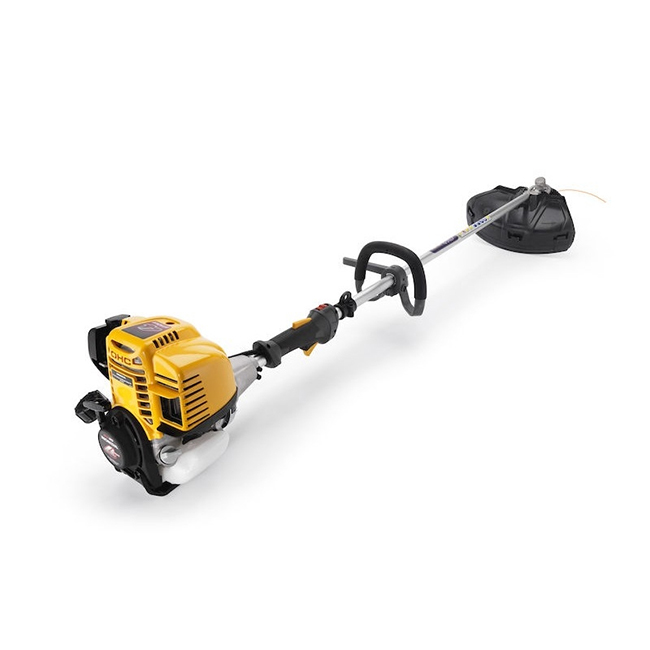
Four-stroke trimmers have recently become increasingly popular due to their superiority in some parameters of traditional models.
Comparative analysis of the weight of the proposed instrument with a power of 1 hp:
1. Benzotrimmer with two-stroke engine: average weight - 5.85 kg, maximum weight - 8 kg; minimum weight - 4.5 kg;
2. Benzotrimmer in a four-stroke engine: average weight - 6.4 kg, maximum weight - 7 kg; minimum weight - 6 kg.
That is, the average weight difference for a tool with a power of 1 hp about 0.5 kg, which is almost imperceptible.
Benefits:
- Separate pouring of oil into the crankcase of the device provides better lubrication of all components, due to which the working life of the motor of the mowers increases (approximately by 25%);
- Cost-effective due to lower consumption of fuel and oil (the benefit is noticeable when performing large amounts of work);
- Provide more comfortable conditions during operation: a slight noise level, less exhaust gases.
Disadvantages:
- Higher price;
- Heavier than gasoline triggers with a two-stroke engine by 10-15%;
- More difficult to maintain;
- Engine repair will be more expensive.
Hard drive motokosa

In this type of tool, rotation from the engine to the working head is transmitted through the gearbox and the rigid shaft in the form of a rod, which is located inside the rod. It is supported by roller bearings. Hard shaft transmits significant effort to the working head.
The gearbox in most models is located at the bottom of the trimmer. It transmits torque from the engine to the cutting nozzles at an angle of 30 °, supporting the operation of the knife or disc in the horizontal plane. In this case, the gearbox reduces the angular speed and increases the shaft torque, which increases the efficiency of work.
Mostly rigid drives are equipped with high-powered models capable of carrying heavy loads. The hard drive rod is always straight.
Benefits:
- Extended functionality - cutting bushes, weeds. The hard drive tooling includes steel knives or saw blades, and not just a fishing line, with which you can cut the grass;
- Many models have a collapsible design, which simplifies transportation of the tool to the dacha or to the mowing site;
- The ability to withstand continuous torsional loads, which increases the life of the tool as a whole;
- The presence of the gearbox reduces the load on the engine, which increases the service life of the gas mowers.
Disadvantages:
- Higher price;
- A hard shaft located inside the boom causes more pronounced vibration;
- The presence of a gearbox, which is part of a structure with a rigid shaft, increases the weight of the tool;
- The need for a systematic replacement of the gearbox lubricant (once every 10-15 hours).
Flexible drive motokosa
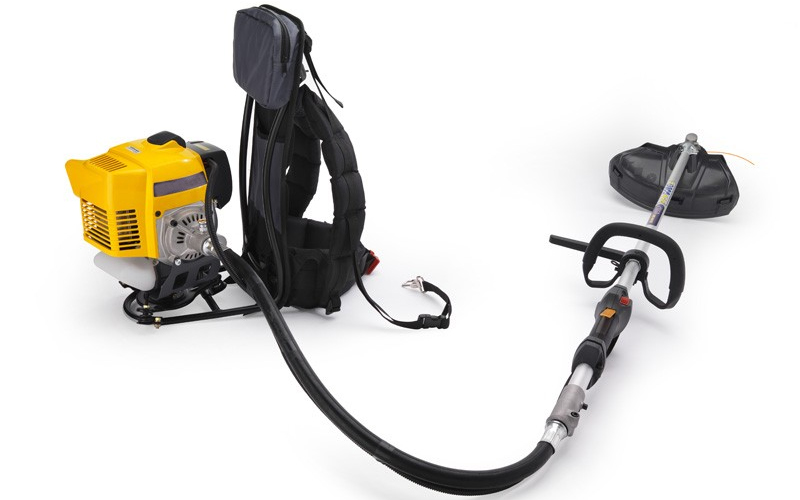
If the tool bar is bent, it definitely contains a flexible drive. Through it from the engine to the working head is transmitted torque. The design of the flexible shaft includes a core and several layers of wire with alternating direction of winding.
Benefits:
- Lighter weight;
- Less tool vibration during operation
- The tool is more convenient; it is easier to keep the trimmer head in the correct position - parallel to the ground;
- Good maneuverability - spit is convenient when processing areas with difficult terrain, as well as areas where there are obstacles or zones that do not need to be processed.
Disadvantages:
- Less reliable;
- Limited functionality - a “weaker” drive can only serve a head with a fishing line or a plastic knife.
Options for selecting scythes
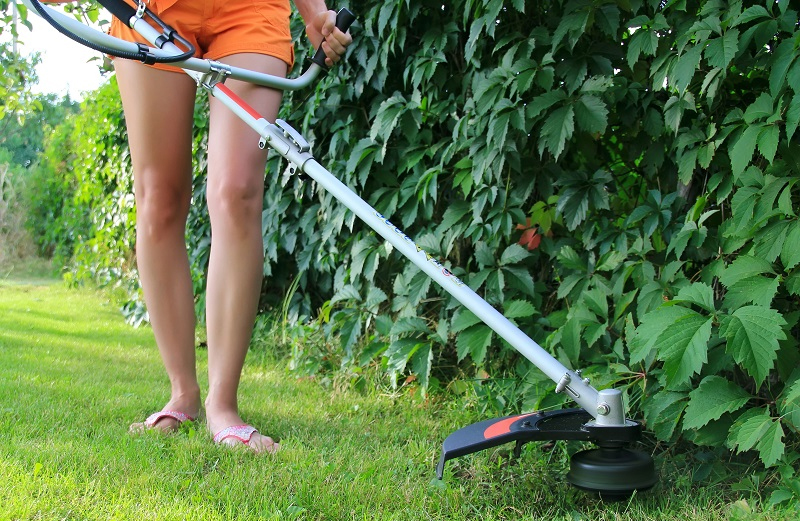
Power
With an increase in engine power, the following instrument indicators are directly related:
1. Performance;
2. Weight;
3. Vibration;
4. Fuel consumption;
5. Price.
Acquisition of an overly powerful benzotrimmer without the need results in unnecessary expenses and increased physical exertion necessary for the processing of the territory. For a plot of 5-10 acres will be enough power of 1 kW (1.36 hp).
Weight
An important parameter, given that it is necessary not only to keep the scythe, but also to actively move with the tool in hand. The belt, of course, reduces the load, but to work with a motokose, which weighs 5.5 kg is much more comfortable than an 8-pound one. The average power tool weighs 6.5-7 kg.
Grip width
The parameter affects the performance - the wider the band, the faster the area will be processed. The processed width of the strip is important for the selection of the tool that will be used to mow a large area. If the area is small, the parameter value does not matter.
Shaft rotation speed
The quality of the cut depends on the number of revolutions of the cutting system per minute. High rotational speed ensures the growth of healthy grass, as it does not damage the stems of plants.
Type of cutting element
Depending on the tool drive, the cutting elements can be:
1. The line (cord) is designed for mowing grass. The thicker the cord, the more rough the grass can be cut. The thickness of the cord that can be used depends on the engine power and ranges from 1.2 to 2.4 mm. Direct dependence: the engine is more powerful - the fishing line is thicker - the grass is rougher.
2. Knives are used to cut thick grass that has thicker and coarser stems. A knife can have several blades (as a rule, from two to four), the greater their number, the more efficient the work. The knife with eight teeth is used when processing areas with intertwining grass.
3. The saw disk will help to cut off the young growth of bushes. It represents a knife with many teeth. As a rule, it is equipped with a professional tool.
Rod shape
The shape of the rod depends on the type of shaft that is placed inside.
The shape of the rod may be as follows:
1. The curved bar, inside which is a flexible shaft, absorbs well when accidentally striking a knife on a stone.
2. The tool with a straight rod, inside which a rigid shaft, is designed for more significant loads, is capable of cracking down on a thick overgrowth.
Collapsible bar
Spit with collapsible rod is convenient for transportation. If it is not intended to take the tool out for haymaking, and it is kept in the country all the time, it is better to stop the choice on the non-folding model.
This design completely eliminates the ingress of particles of dirt, sand, which ultimately affects the service life.
Handle shape
Manufacturers offer a tool with three versions of the handle:
1. D-shaped - compact, convenient with a small amount of work, as well as mowing the grass on the site with a bush;
2. J-shaped - convenient when working with a metal knife, more compact than a U-shaped, but less "sweeping";
3. U-shaped - the most successful option, which is equipped with a tool with high power. But this kind of inconvenient when mowing the grass under the bushes, as the branches cling to the handle.
Tank capacity
The volume of the tank varies from 0.4 to 1.5 liters. The amount of non-stop operation depends on the size of fuel capacity Do not forget that the expansion of capacity entails an increase in weight and dimensions of the engine.
In addition, manufacturers recommend using the motokosa non-stop for a duration of 30-40 minutes, after which you need to give the engine a "rest" so that it does not overheat.
Belt
It is included in the mandatory equipment models with a U-shaped handle. Other models may not be equipped with a belt, so you should pay attention to its presence or the possibility of its use.
What motokosa choose
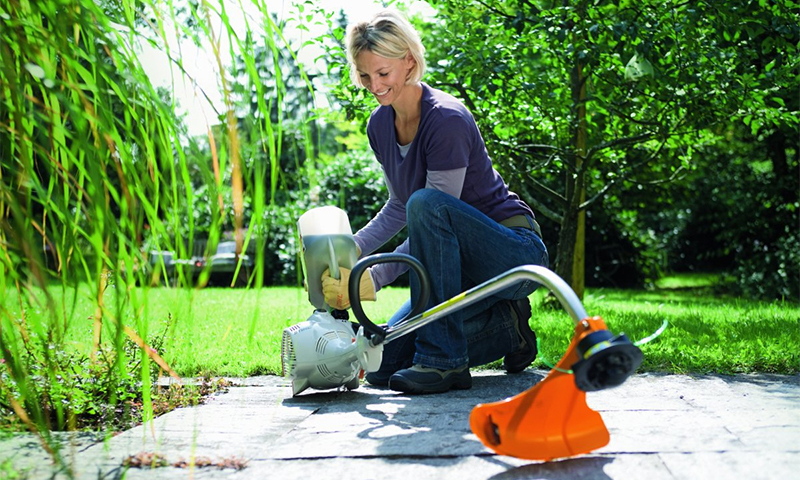
1. For professional operation, processing a large suburban area (more than 10 acres) or, if necessary, hay harvesting, it is necessary to give preference to a model with a power of more than 1.5 kW, a rigid shaft and a U-shaped handle;
2. You can keep a small lawn in order using a gasoline trimmer with an engine power of 0.5-1 kW with a flexible shaft. The curved D-bar handle makes work easier;
3. For the site where you have to fight with a bunch of tough grass, you can purchase a tool with a power of 1-1.5 kW, which includes not only fishing line, but also a knife.
How much does motokosa cost

1. Low-power (up to 1 kW) - from 3.8 thousand rubles. up to 32 thousand rubles;
2. Average power (from 1 to 1.5 kW) - from 3.8 thousand rubles. up to 33 thousand rubles;
3. High power (from 1.5 kW and more) - from 4 thousand rubles. up to 54 thousand rubles.
It will be interesting to friends too



